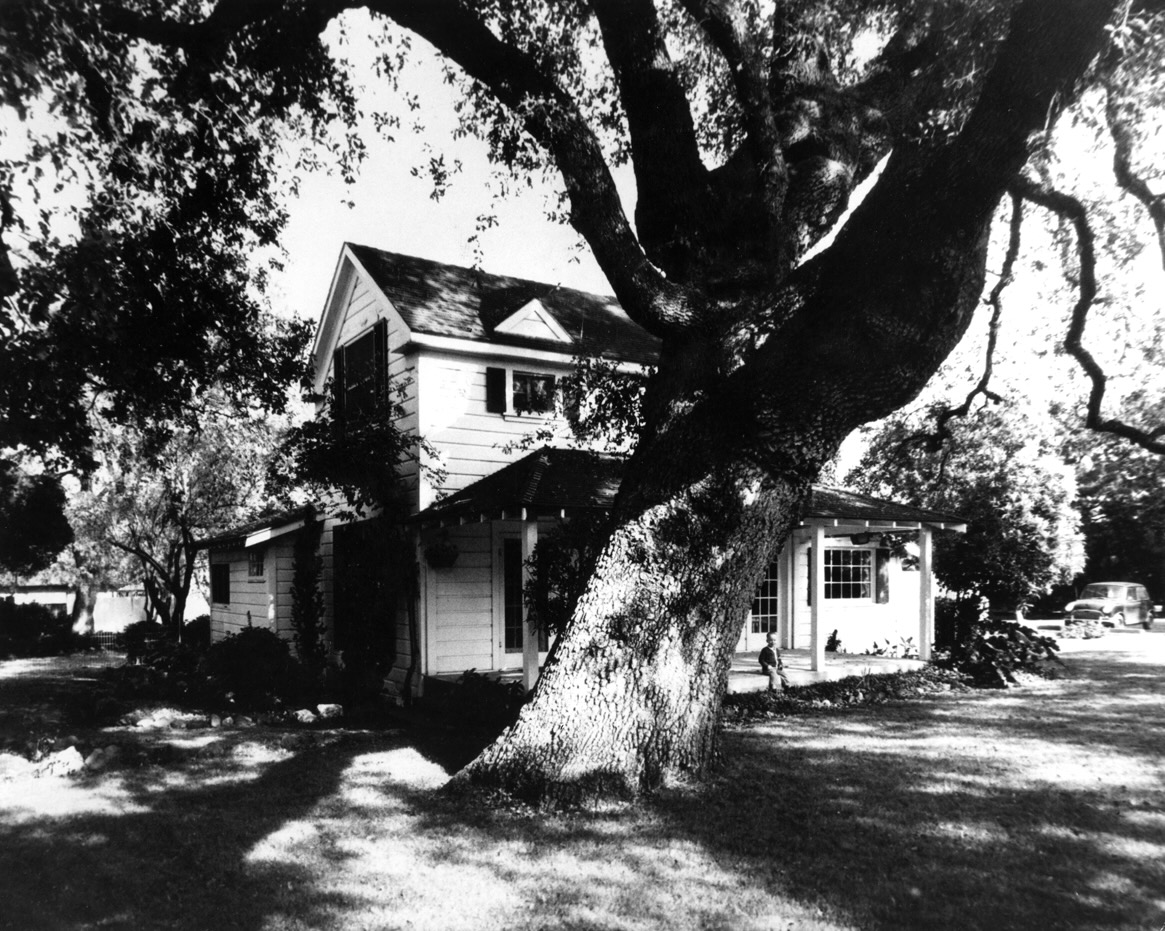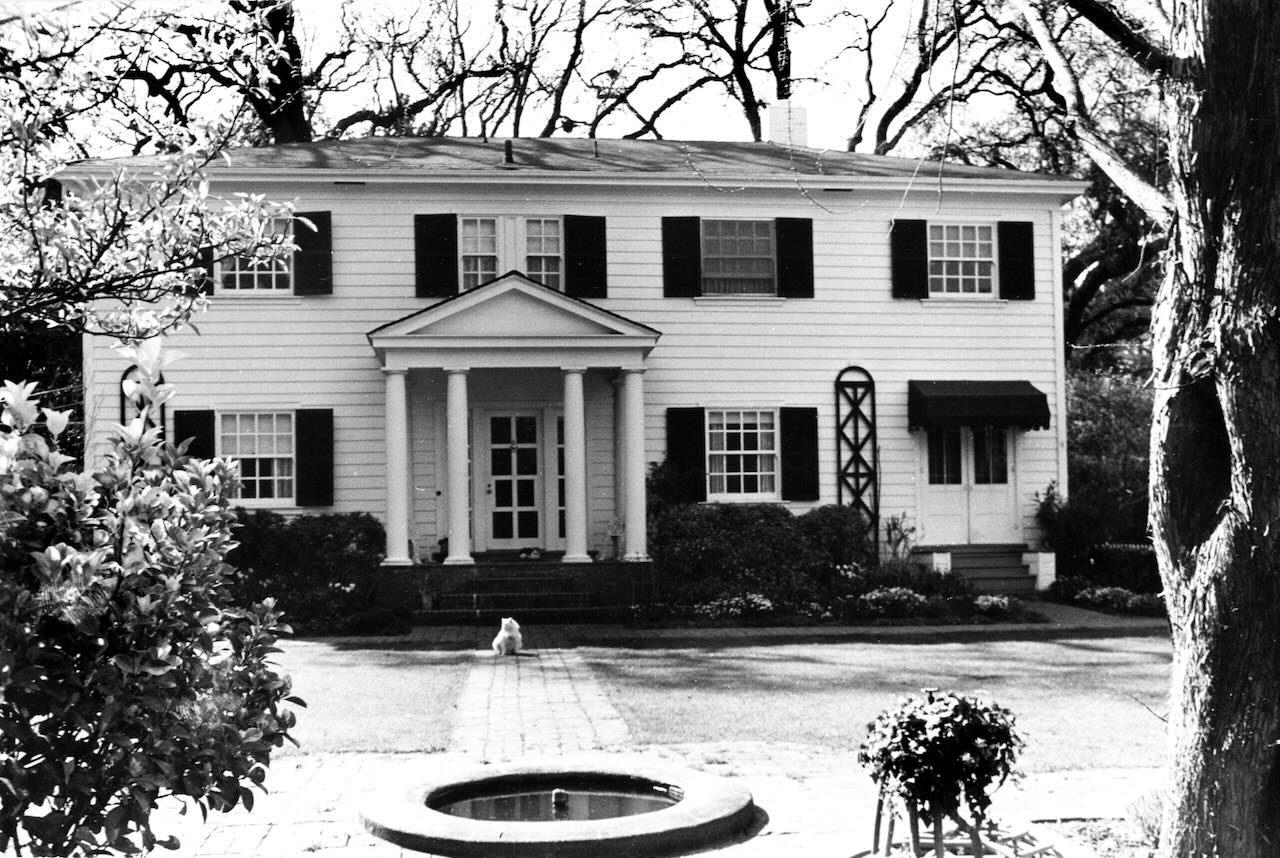Lafayette’s first homes were primarily plain, unpretentious structures built by farmers who were more interested in shelter than in design and appearance. Few of these early homes remain today, but a number of photos of some of these structures have been discovered. By the late 1800’s the fancy gewgaws, curlicues and complicated designs of the Victorian period began to replace the simple designs.
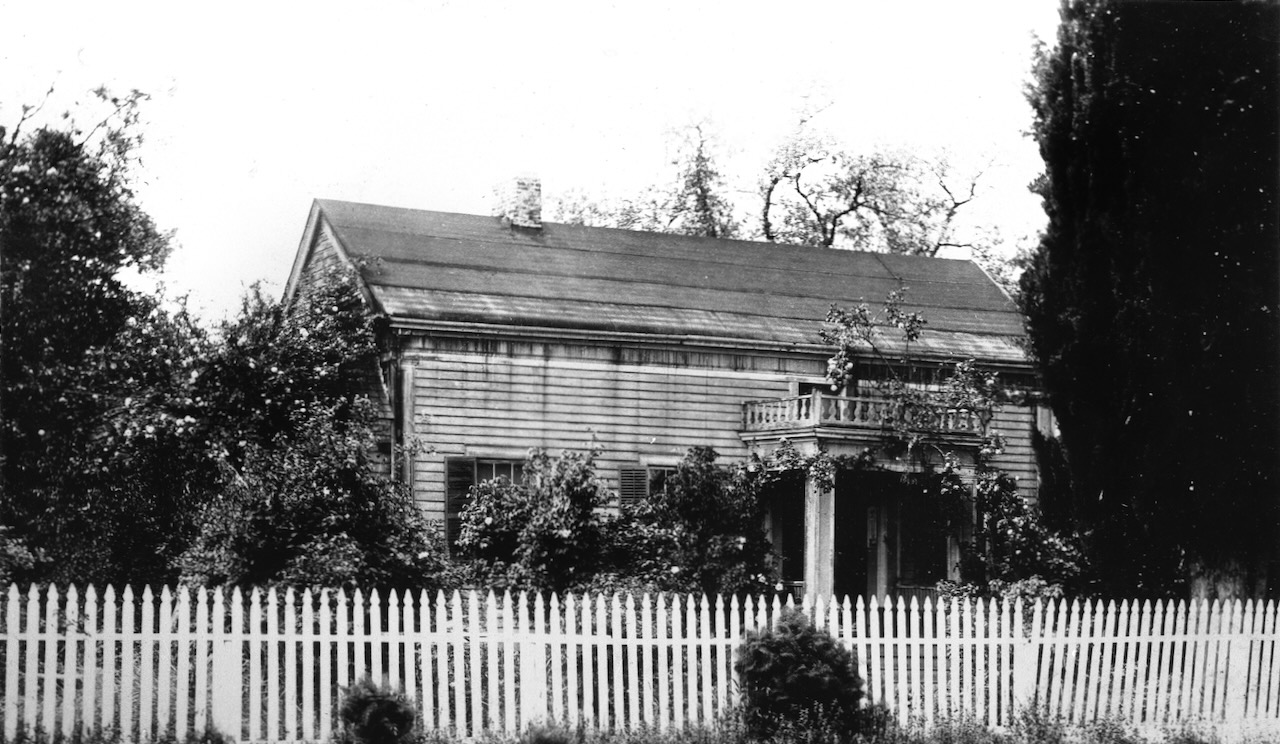
Elam Brown’s permanent home, built after he’d lived in three locations in the Happy Valley area, was this frame house. Located at what is now 985 Hough Avenue on Lafayette Creek, it was erected possibly as early as 1849. After “Squire” Brown’s death in 1889 the home was occupied by Henry Toler Brown (adopted son of Elam’s son Warren) and his family. The structure was torn down in the late 1920’s.
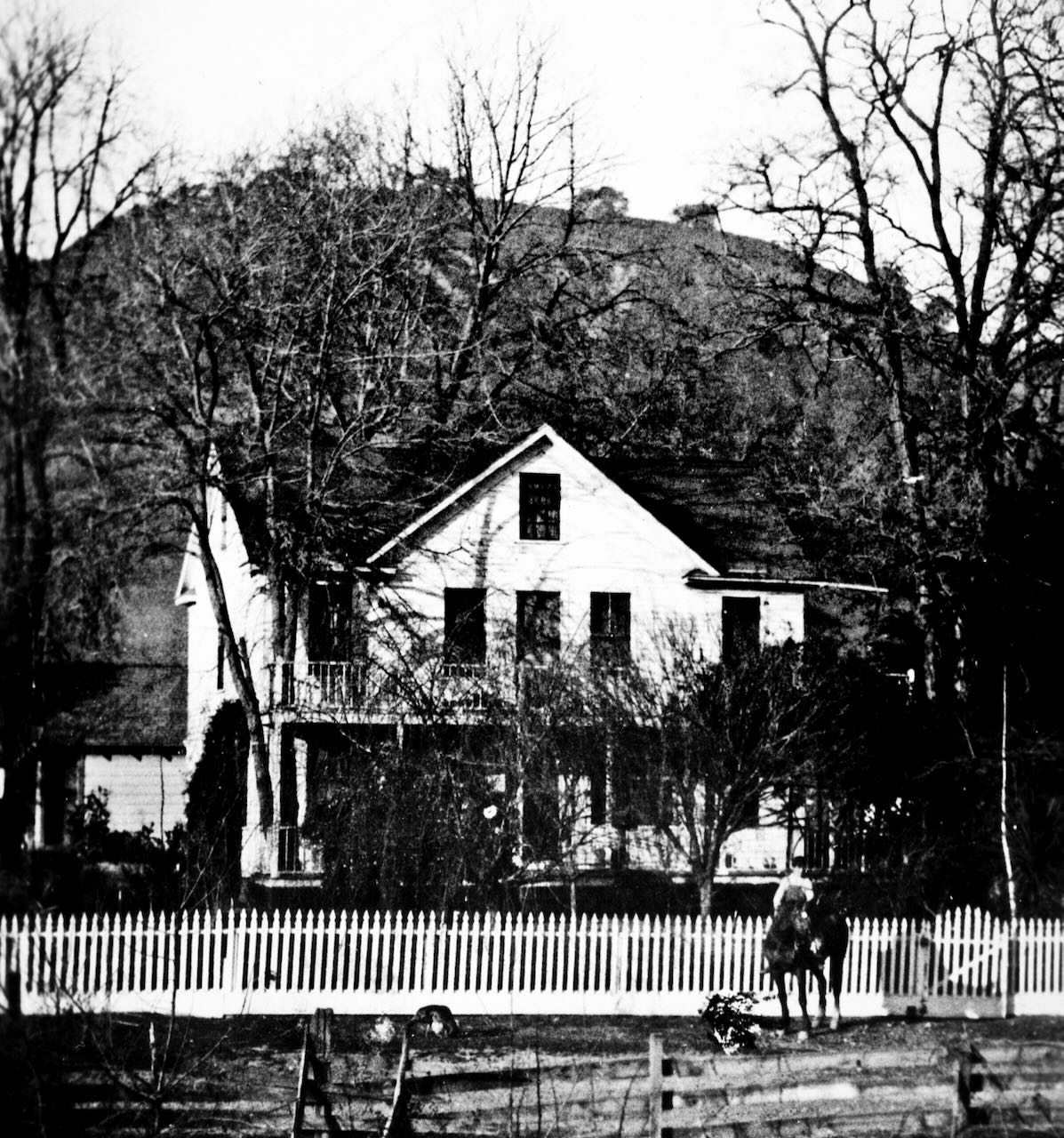
Nathaniel Jones and his wife Elizabeth built this house in the 1850’s on their Locust Farm property approximately a mile up Happy Valley Road.
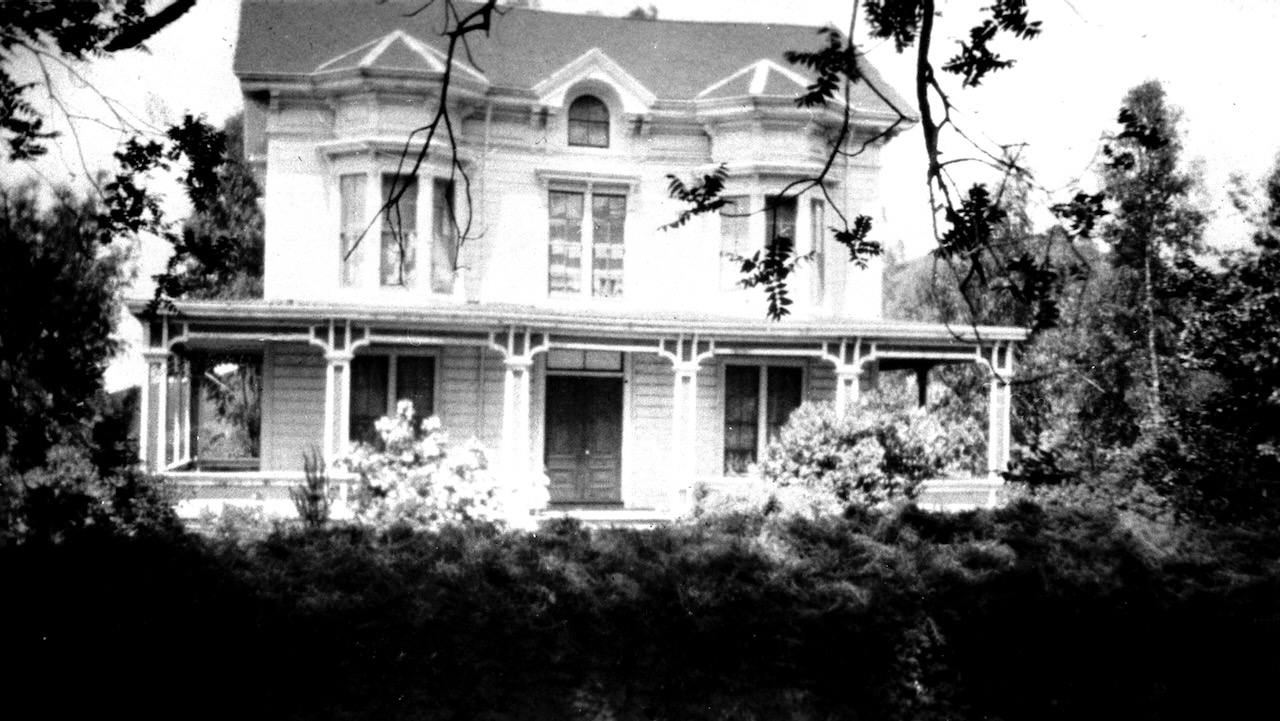
One of the loveliest homes in the Lafayette area was this two story estate built by Horace Carpentier about 1865. Just one of the promoter’s extensive holdings throughout California and the United States, the house was located near present Merriewood School. From 1886 to 1925 ranch foreman Arthur J. Burton and his family lived here, and the land was known as the Burton ranch.
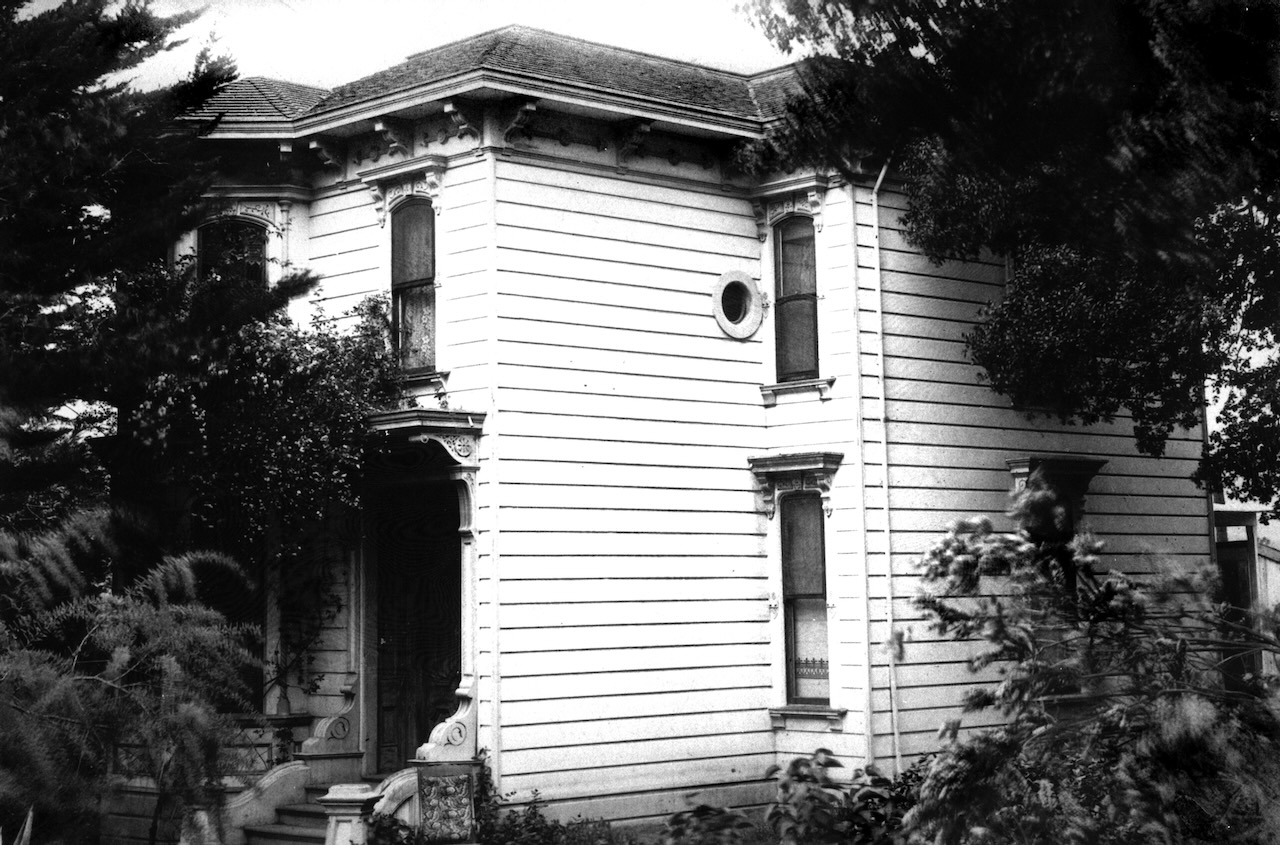
When Samuel Hodges arrived in California he settled in the eastern portion of Lafayette on acreage at Reliez Creek and Old Tunnel Road. Here he raised his family and built this home on Reliez Station Road on the east side of the present freeway interchange.
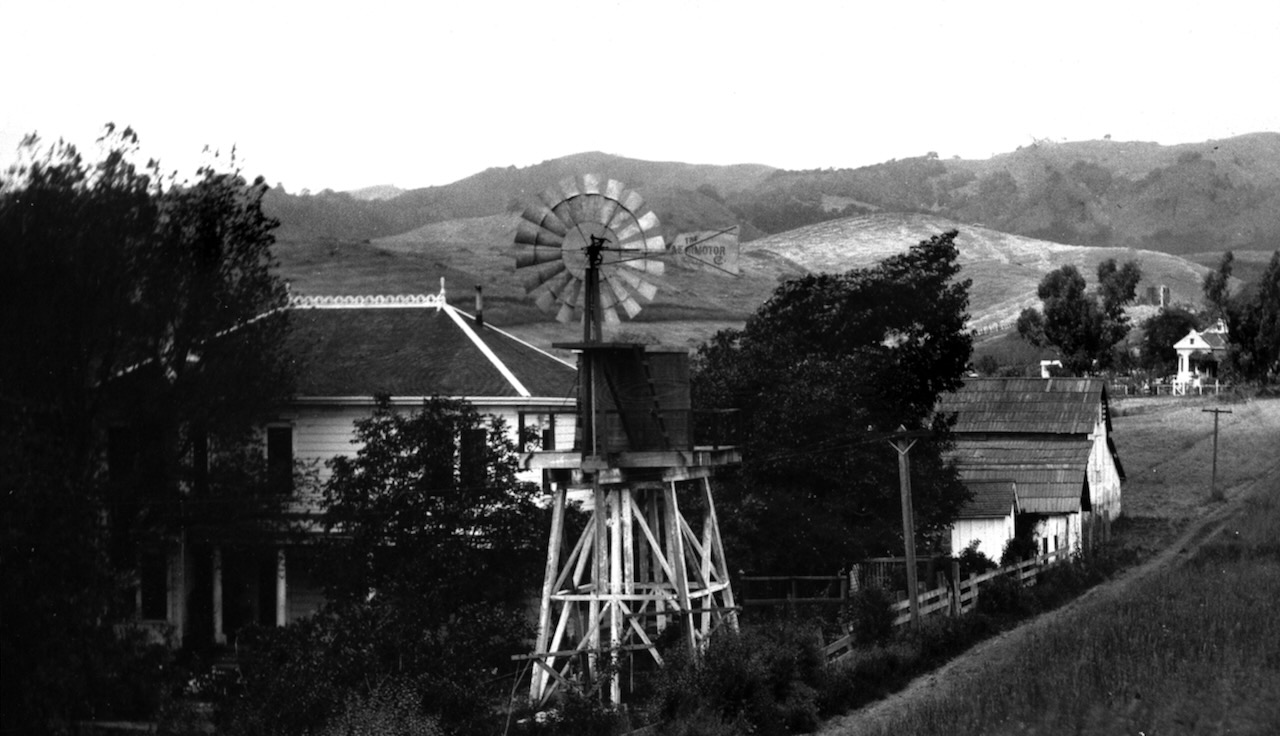
Blacksmith Peter Thomson built this home about 1870 back of his shop on the northeast corner of Mt. Diablo Boulevard and Moraga Road. After his death, Thomson’s son William took over the shop and also lived in the house. The building was razed in 1948.
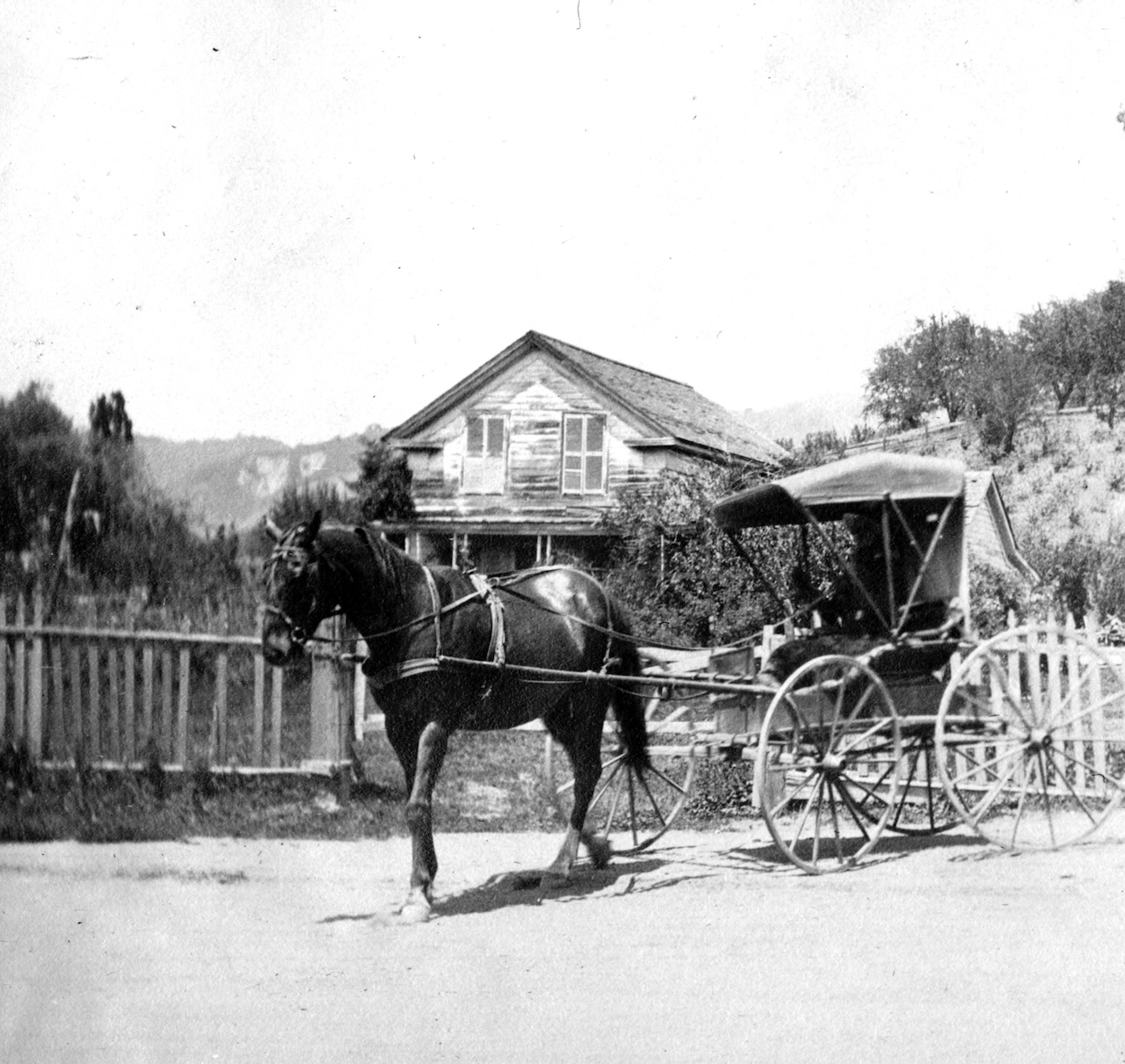
Postmaster Carrie Hough Van Meter’s home was located near the northwest corner of Mt. Diablo Boulevard and Moraga Road. The post office building was in the front and just to the east of the house.
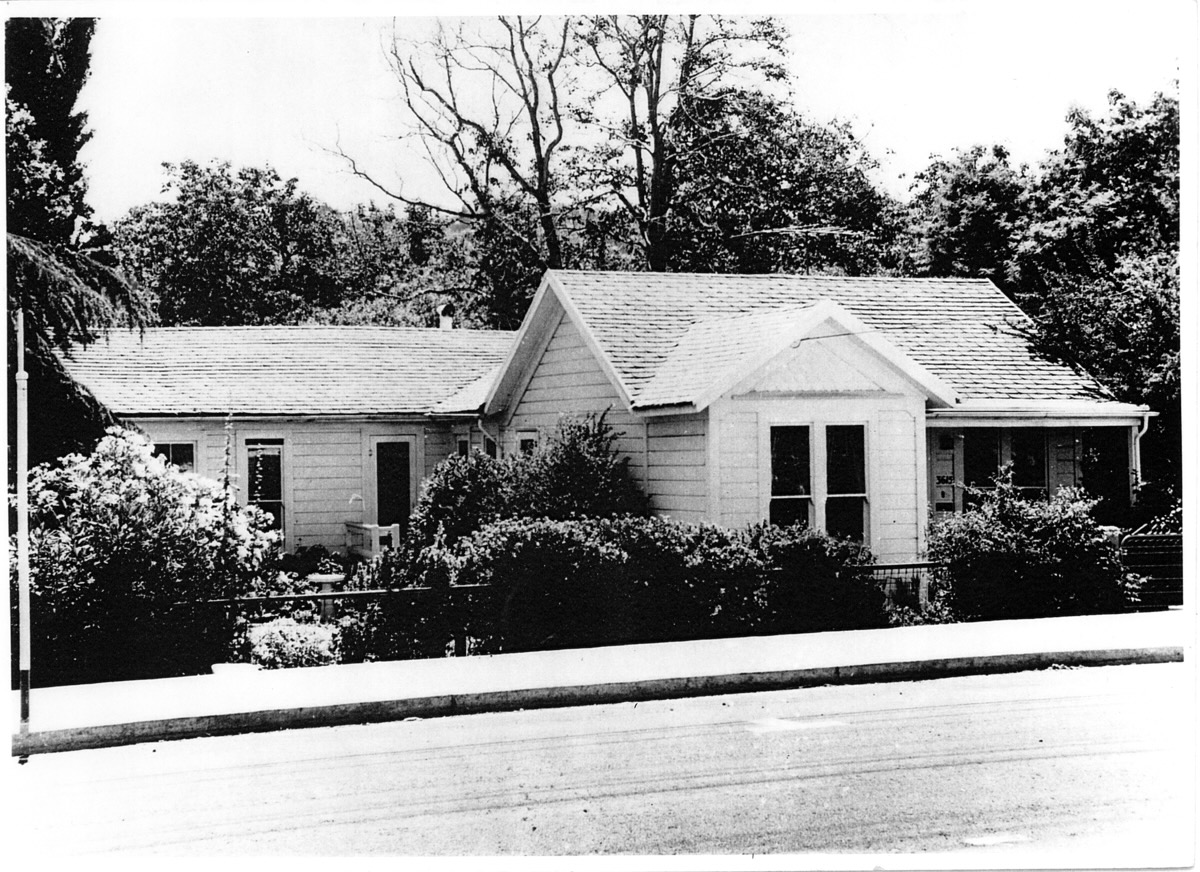
Mt. Diablo Boulevard was a dirt path when James Bickerstaff built this home in 1874 just west of Dewing Avenue. His daughter, Jennie Bickerstaff Rosenberg, had lived in the house for 85 years when it was torn down in 1964 to build a supermarket. The redwood tree to the left, planted as a seedling by Mrs. Rosenberg, still grows in the market parking lot.
